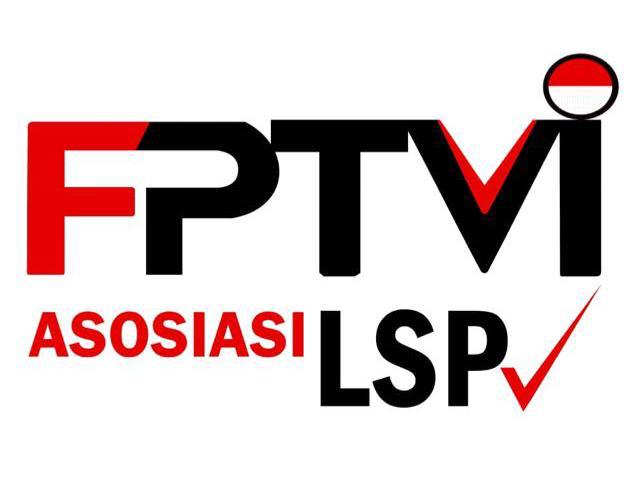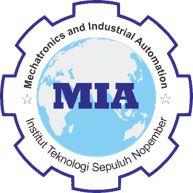Design and Construction Pond Temperature Control System and Automatic Nile Tilapia Fish Feeder for Aquaponics
Abstract
Keywords
Full Text:
PDFReferences
T. K. Lim, “3D Fish Culture and Monitoring System by Universiti Teknologi PETRONAS Bandar Seri Iskandar 32610 Seri Iskandar Perak Darul Ridzuan,” no. January, 2016.
N. Zappernick et al., “Techno-economic analysis of a recirculating tilapia-lettuce aquaponics system,” J. Clean. Prod., vol. 365, no. August 2021, p. 132753, 2022, doi: 10.1016/j.jclepro.2022.132753.
V. Bhakar, K. Kaur, and H. Singh, “Analyzing the Environmental Burden of an Aquaponics System using LCA,” Procedia CIRP, vol. 98, pp. 223–228, 2021, doi: 10.1016/j.procir.2021.01.034.
R. S. Jamisola Jr. and A. M. Nagayo, “Cloud-based Wireless Monitoring System and Control of a Smart Solar-Powered Aquaponics Greenhouse to Promote Sustainable Agriculture and Fishery in an Arid Region,” BIUST Res. Innov. Symp., vol. 2017, no. June, pp. 144–151, 2017, [Online]. Available: https://www.researchgate.net/publication/317617762
M. Hindelang, S. H. Gheewala, R. Mungkung, and S. Bonnet, “Environmental Sustainability Assessment of a Media Based Aquaponics System in Thailand,” J. Sustain. Energy Environ., vol. 5, pp. 109–116, 2014.
H. W. Palm et al., “Towards commercial aquaponics: a review of systems, designs, scales and nomenclature,” Aquac. Int., vol. 26, no. 3, pp. 813–842, 2018, doi: 10.1007/s10499-018-0249-z.
F. L. Valiente et al., “Internet of things (IOT)-based mobile application for monitoring of automated aquaponics system,” 2018 IEEE 10th Int. Conf. Humanoid, Nanotechnology, Inf. Technol. Commun. Control. Environ. Manag. HNICEM 2018, pp. 4–9, 2019, doi: 10.1109/HNICEM.2018.8666439.
DOI: http://dx.doi.org/10.12962%2Fj23378557.v8i2.a14087
Refbacks
- There are currently no refbacks.
This work is licensed under a Creative Commons Attribution 4.0 International License. IPTEK The Journal of Engineering published by Pusat Publikasi Ilmiah, Institut Teknologi Sepuluh Nopember.
Please contact us for order or further information at: email: iptek.joe[at]gmail.com Fax/Telp: 031 5992945. Editorial Office Address: Pusat Riset Building 6th floor, ITS Campus, Sukolilo, Surabaya 60111, Indonesia.








